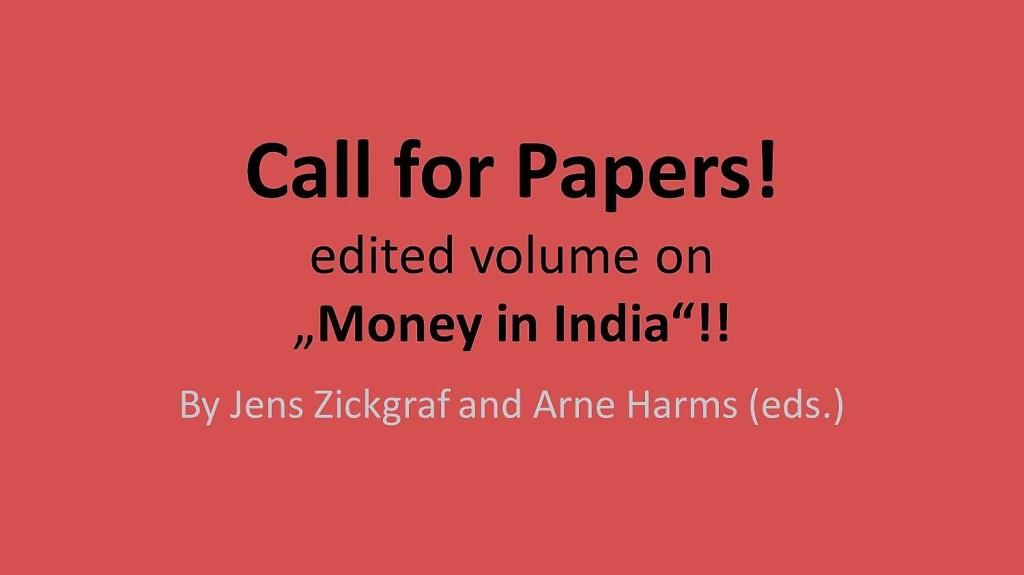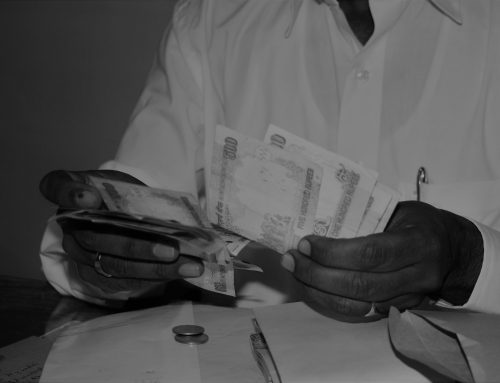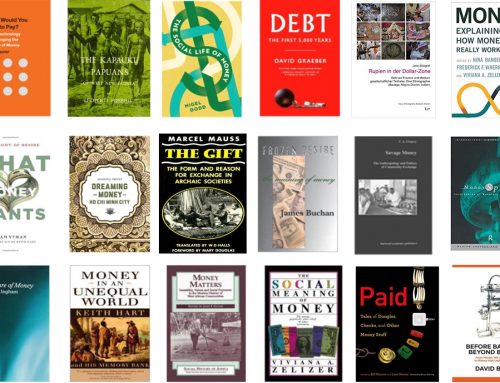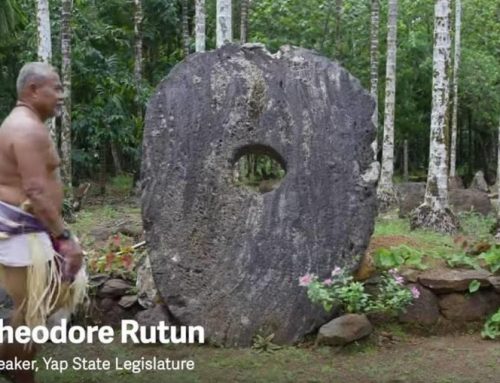Call for contributions!!
Arne Harms and Jens M. Zickgraf (eds.)
India seems extraordinarily rich in pecuniary and fiduciary traditions; and it is no less dynamic with regard to the development and application of new payment technologies. Transactions in cash, currency and credit form integral aspects of the fabric of everyday social, economic, political, spiritual and aesthetic life: Workers transfer funds between work spaces and homes, keeping alive relations across the subcontinent. Devotees collect and consume funds in order to articulate their devotion to deities and belonging among their communities. Matchmakers negotiate alliances by way of bargaining dowries, its amount and installments. Women meet in financial Self-help groups and credit associations. Across the country, malls invite to indulge in conspicuous consumption and to perform liquid modern lifestyles. Yet, indigenous credit and wage systems also hold considerable populations in their grip, prescribing living conditions as well as resonating with social and moral relations from love to family and caste to gender, class and friendship. Along with that, corruption, poverty and the buying out of votes have haunted the world’s largest democracy for many decades.
However, while contemporary livelihoods are monetized in almost any respect, money itself is undergoing massive transformation, too. In India as well as elsewhere, what money is, what it affords, how it should be distributed, created and regulated, and how it should flow is subject to intense scholarly and public debate, technological transformation and political reform. The country is among the global pioneers in building new infrastructures, regulatory frameworks and ambitious visions for digital payment and financial inclusion. Development specialists throw up scheme after scheme to penetrate the lives of the poor with global financial instruments. Bureaucrats consider, and implement, draconian measures in order to wipe the country clean of black money and to curtail the country’s informal economy. And while software and hardware engineers across the globe are racking their brains for new platforms, functions and applications of mobile money and payment, the nationalist Indian government strives to put forward one of the world’s most ambitious visions of a “cash-free” or at least “less-cash” society fueled by electronic transactions, biometric identification, cloud and communication technologies, and digitized citizenships.
With “Money in India” we seek to draw together scholars from various fields and to tackle diverse ways of using, imagining, creating, experiencing and remembering money in a subcontinent known for the deep penetration of money and for the diversity of money’s forms across time and space. We call for contributions from anthropology, history, sociology, economy, geography, psychology, STS and other related fields tackling the role of money in India from an empirical perspective. The book will pay close attention to the way money in India is being reconfigured from above and below, as a social process, as personal or collective possession, as means of facilitating trade and transaction, community building and policy making, and both in in traditional and digitally enabled as well as financialized contexts. We thus ask contributors to rigorously engage with one or several of the following questions: How are India’s social worlds, broadly understood, shaped and reshaped by the multiplicity of money? How does money as a malleable ‘thing’ and a social process bridge between persons and society? How can it articulate and impact heterogeneous processes of valuation? Where does money reach and what does it do amidst the societal transformations of work, politics and infrastructure? Given the dominance of western theory, what can be said about the distinguishing identity of “Indian Rupees” or money in India? Is there a particular and perhaps too long neglected “Indian” epistemology and morality of money and finance? If yes, how, when and where does it continue to articulate in everyday life? What are its basic contradictions or tenets? And, in this light, what can be said about money’s contemporary dynamics? How, for example do uses, implementations, applications, platforms, spaces and circuits of money reflect, address and reshape questions of personhood, caste, community, nationality, labor, welfare and socio-economic inclusion or exclusion? How do material, virtual, quantitative and technological dimensions of money resonate with experiences, calculations and livelihoods on the ground; with formal and informal networks and financial landscapes; with notions of monetary value and with culture, performance, habitus, access and affect? What are the potentials, dangers and hurdles of new payments technology and financial inclusion? How about the future of cash, or even gold? And how can money be mobilized as a lens to understand economy, governance, ritual and community in India? And what kind of general lessons can be learned from the study of money in India?
We intend to publish the book with a prestigious international publisher of global reach, who has shown interest. The book will be completed and published in a timely manner.
Please send expressions of interest or chapter proposals to the following email addresses by 15. January 2019:







Leave A Comment